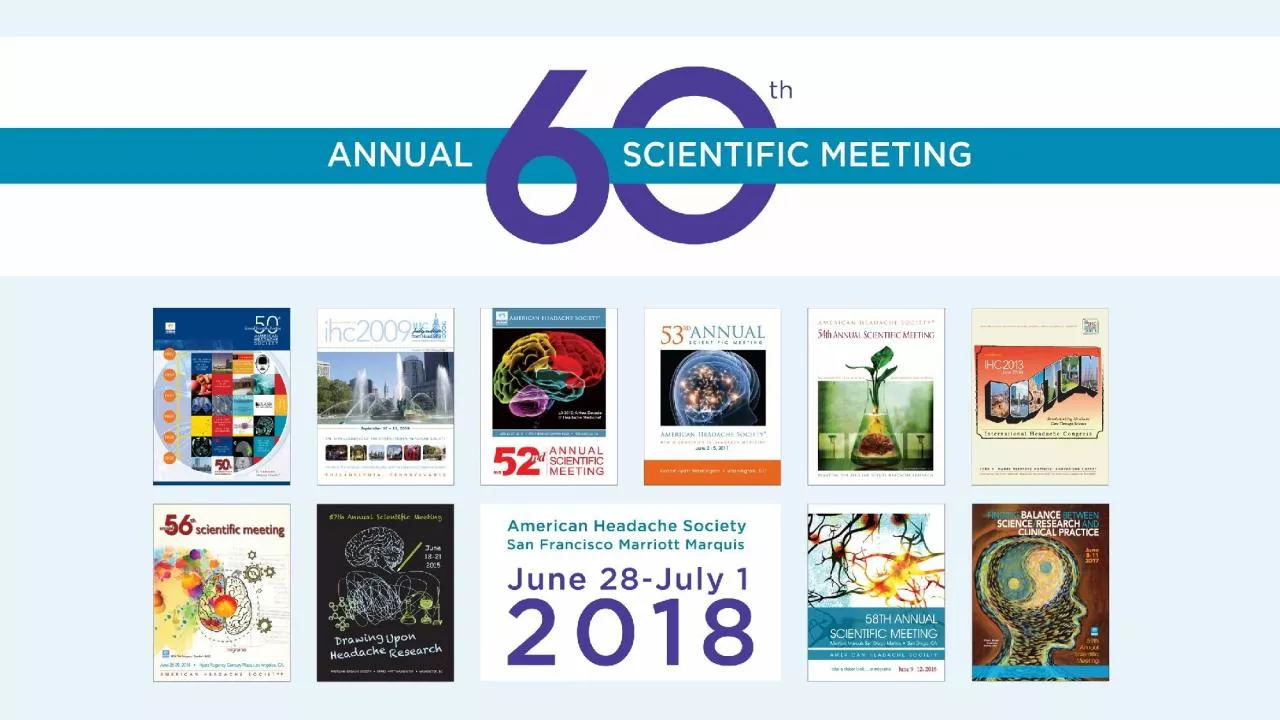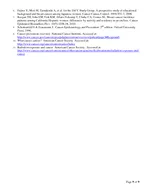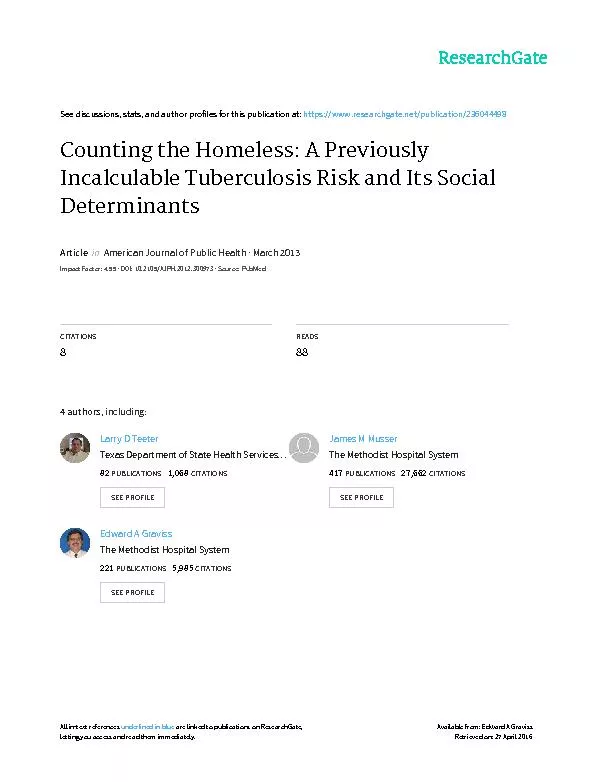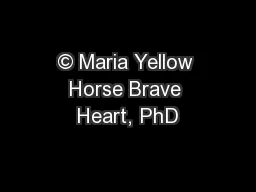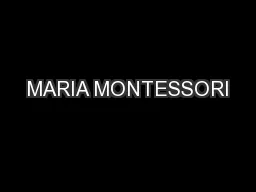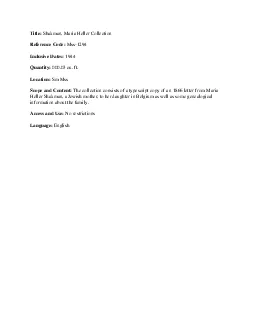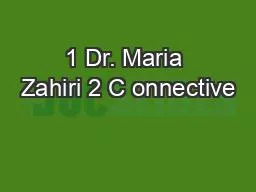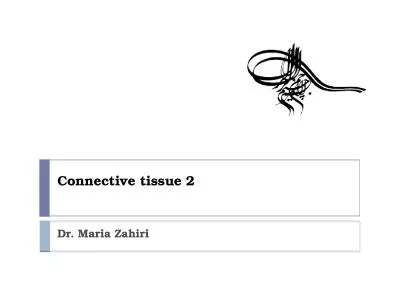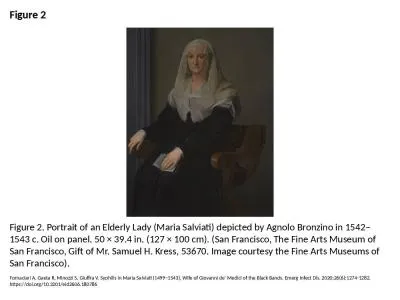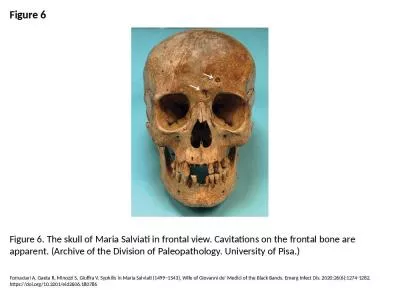PPT-Maria Eduarda Nobre , MD, PhD
Author : isabella2 | Published Date : 2024-02-02
Rio de Janeiro Brazil Clomiphene treatment may be effective in refractory episodic and chronic cluster headache Disclosures I do not have any relevant financial
Presentation Embed Code
Download Presentation
Download Presentation The PPT/PDF document "Maria Eduarda Nobre , MD, PhD" is the property of its rightful owner. Permission is granted to download and print the materials on this website for personal, non-commercial use only, and to display it on your personal computer provided you do not modify the materials and that you retain all copyright notices contained in the materials. By downloading content from our website, you accept the terms of this agreement.
Maria Eduarda Nobre , MD, PhD: Transcript
Download Rules Of Document
"Maria Eduarda Nobre , MD, PhD"The content belongs to its owner. You may download and print it for personal use, without modification, and keep all copyright notices. By downloading, you agree to these terms.
Related Documents

